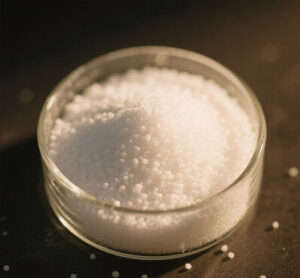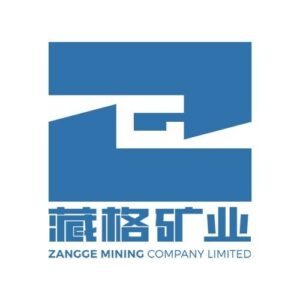The global potash market has shown mixed trends recently, with regional variations influenced by shifting supply-demand dynamics. However, Asia stands out as a key growth driver, where strong demand from major consumers like Indonesia and China continues to push prices upward. Recent tenders and contract settlements—including Indonesia’s latest purchase at $383/mt CFR and China’s border trade agreement with Russia at $334/mt CFR—highlight the region’s tightening market conditions. With seasonal demand peaking and supply constraints persisting, short-term price momentum remains bullish.
1. Indonesia’s Tender Reflects Strong Regional Demand
Indonesia’s state-owned fertilizer company secured 246,000 mt of standard MOP (Muriate of Potash) at $383/mt CFR, a 2.1% increase from July’s $375/mt tender for 30,000 mt. Key suppliers included Arab Potash (Jordan), BPC (Belarus), and two trading firms. While the price fell short of some expectations ($400/mt), the eightfold surge in volume underscores Southeast Asia’s accelerating demand ahead of the Q4 planting season.
-
Delivery Timeline (Sept-Dec 2024): Coincides with peak fertilizer application, likely straining regional supply.
-
Market Implication: Sustained buying from Indonesia, Bangladesh (25,000 mt tender), and Vietnam may further tighten availability.
2. China-Russia Border Trade Prices Climb 3.1% MoM
China’s August contract with Uralkali settled at $334/mt CFR for white standard MOP, up 3.1% from July, reinforcing the upward trend seen in China’s 2025 annual contract ($346/mt CFR, +$73/mt YoY). As Russia supplies ~20% of global potash, this hike signals broader market firmness, with potential spillover effects in other regions.
-
Strategic Shift: China’s willingness to accept higher prices reflects stable domestic demand despite high port inventories (~3.5 million mt).
-
Global Benchmarking: The uptick aligns with Canpotex’s 2025 China contract ($346/mt CFR), suggesting a new pricing floor.
3. Asia’s Demand-Supply Imbalance Deepens
Southeast Asia Drives Growth
-
Indonesia, Bangladesh, and Vietnam are accelerating imports ahead of the Q4 agricultural cycle.
-
Philippines and Malaysia may follow with tenders, compounding supply pressures.
China’s Structural Demand Persists
-
Despite high stockpiles, 2025 contract volumes remain undisclosed, leaving room for additional spot purchases.
-
Government subsidies for compound fertilizers support long-term potash consumption.
4. Supply Constraints Amplify Price Risks
Production Disruptions
-
Uralkali’s Maintenance Shutdown (Q2-Q3 2025): Expected to cut 300,000 mt of supply.
-
Canada’s Canpotex: Limited 2025 contract volumes signal strategic supply control.
Logistics and Geopolitical Risks
-
Red Sea Shipping Disruptions: Houthi attacks may delay deliveries, adding a risk premium to CFR Asia prices.
-
Rail and Port Bottlenecks: Russia’s export logistics remain a wildcard.
5. Short-Term Outlook: Firm Prices Amid Diverging Trends
-
Granular MOP: Likely stable due to offseason lull in Brazil/Europe.
-
Standard MOP: Supported by Asian demand, prices may test $390-$400/mt CFR in spot trades.
Key Monitoring Points
-
Russian Supply Recovery: Uralkali’s operational resumption timeline.
-
China’s Import Strategy: Will buyers return for additional spot cargoes?
-
Geopolitical Developments: Red Sea volatility and alternative trade routes.
Conclusion
Asia’s potash market remains fundamentally tight, with Indonesia and China leading price gains. While granular MOP may see limited upside, standard MOP prices are poised for further increases as Q4 demand converges with restricted supply. Traders should prepare for volatility, with $350-$360/mt CFR emerging as a near-term target for standard-grade material.









